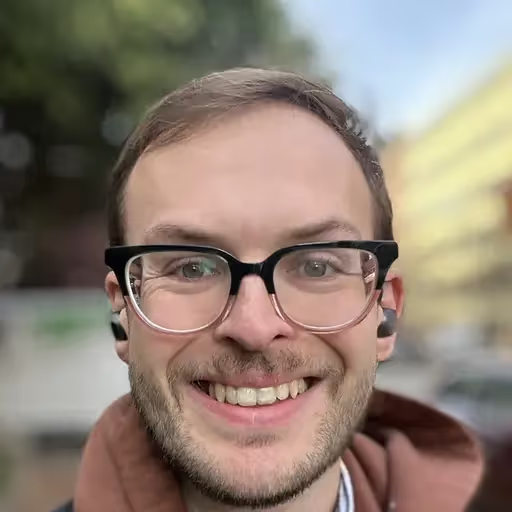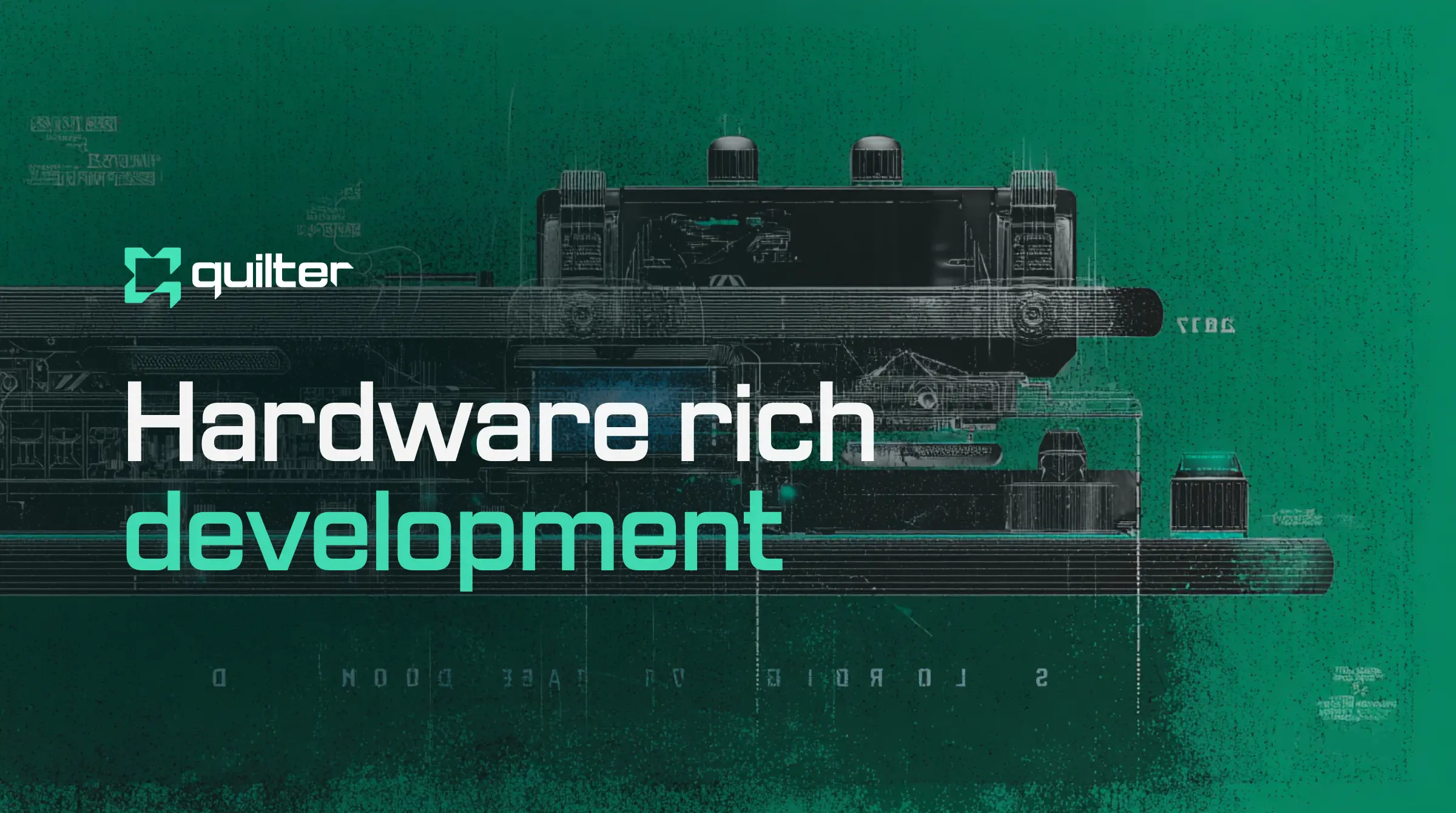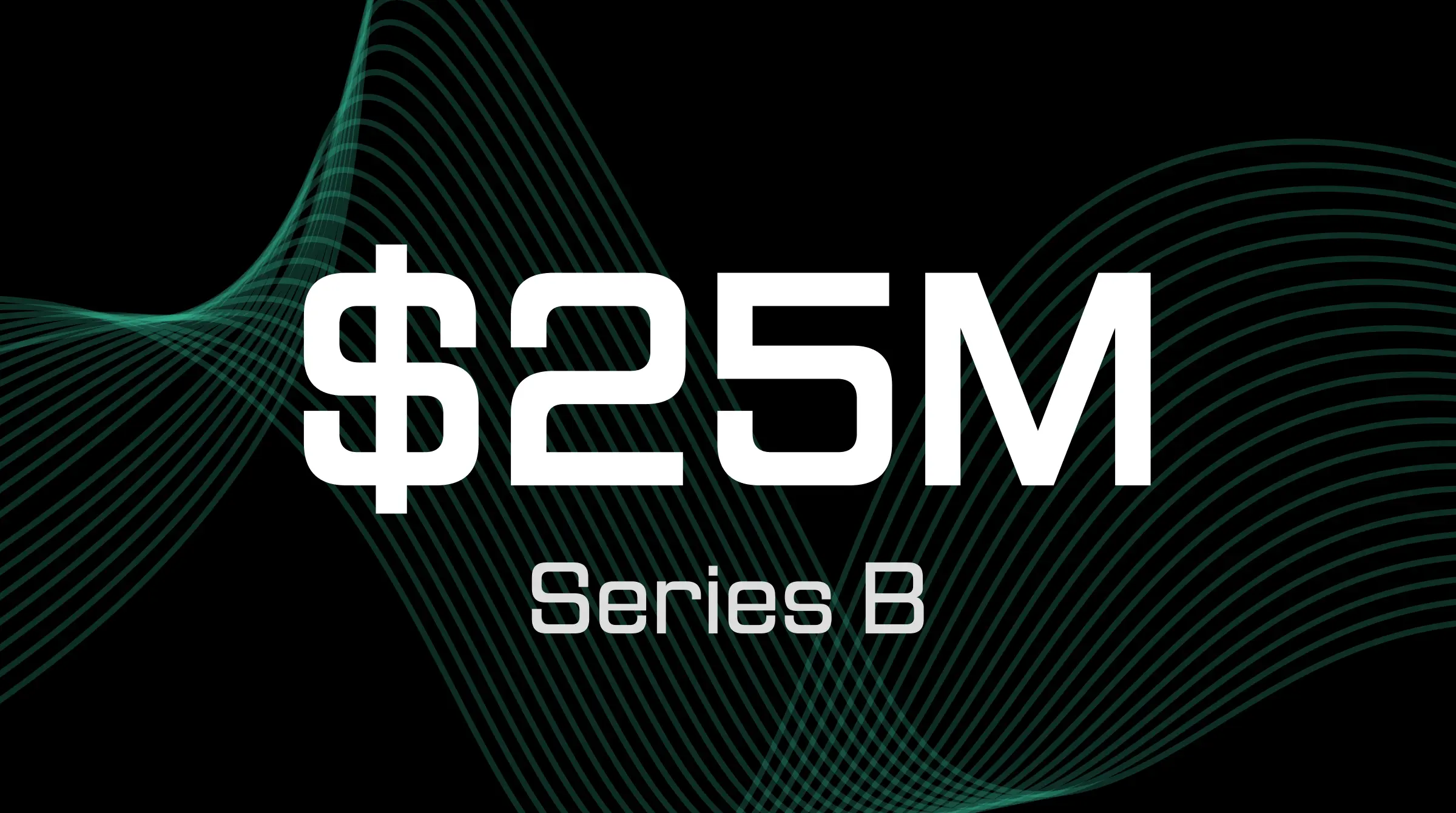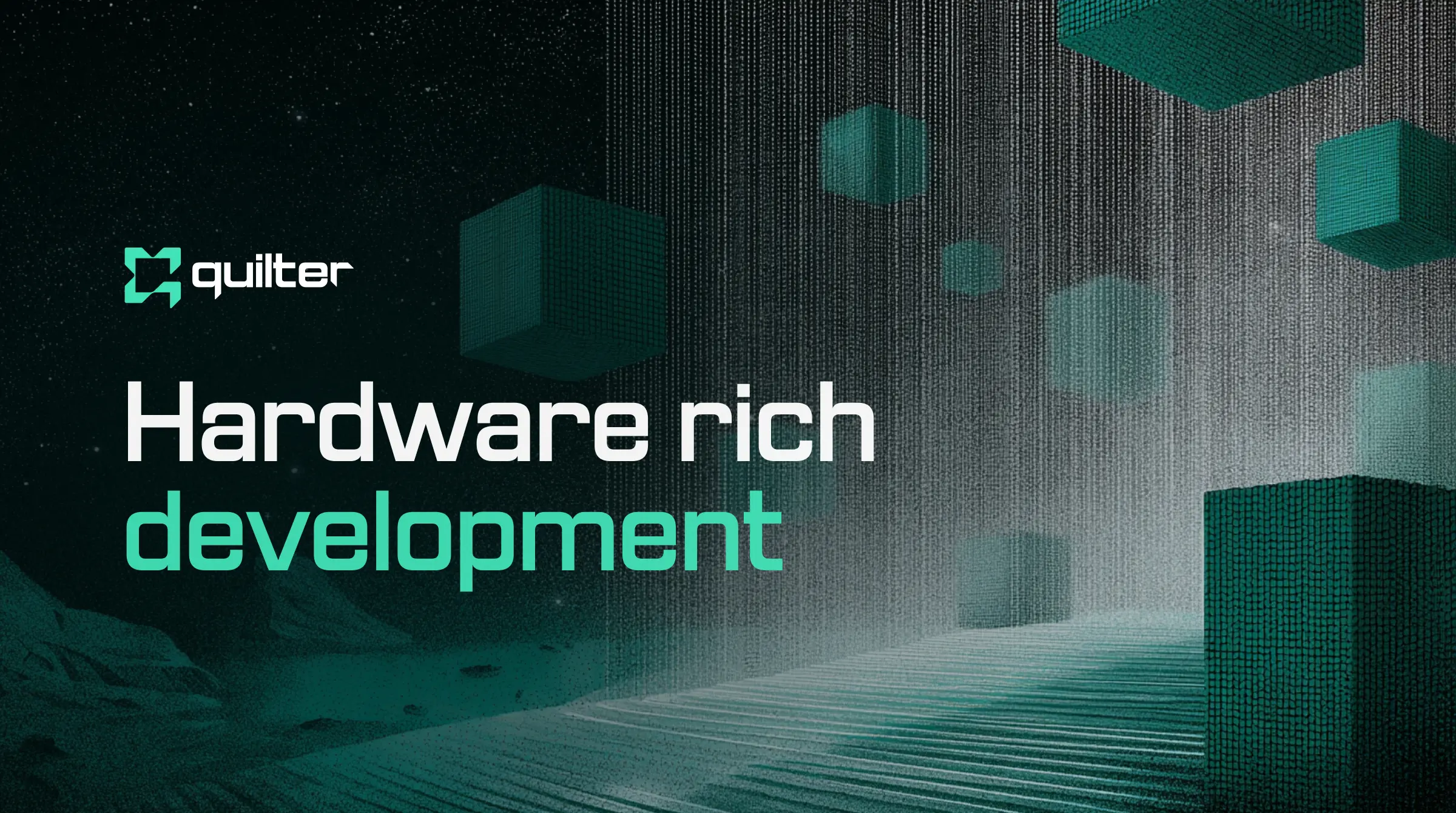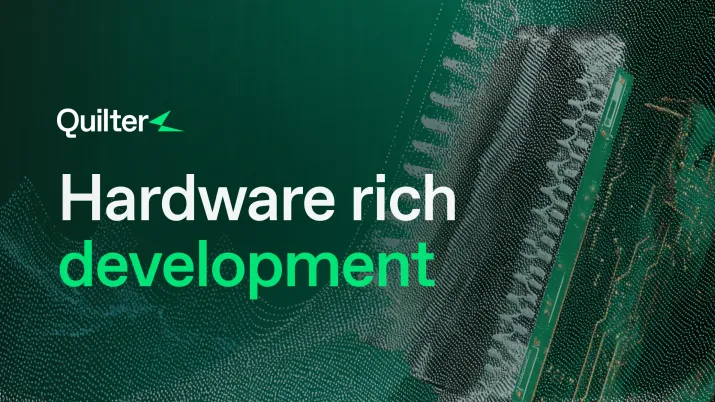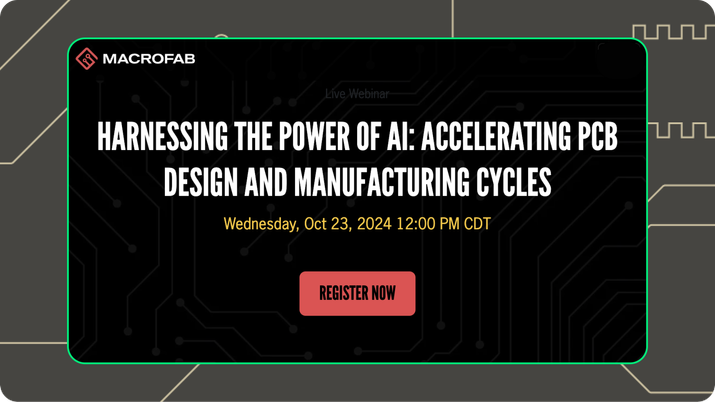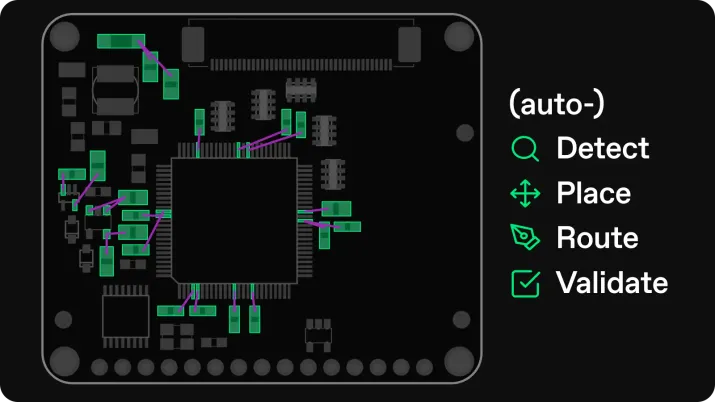Matt Mirande’s journey into technology began in an unlikely place: a film major who stumbled into the internet’s first commercial boom. “I was a film major. I was not a computer science guy, I was not an engineering guy… and needless to say, I love film, but it wasn’t quite my thing.” What set him apart was timing—he graduated just as the web became a serious commercial force, and his curiosity led him to startups at the frontier of change. Today at Quilter, Matt applies that same restless energy to one of engineering’s hardest problems: turning AI into tools that help hardware designers build faster, better, and with more confidence.
“Humans in the Loop” explores stories like Matt’s—where curiosity, craft, and collaboration power not just cutting-edge software, but the culture that sustains it.
Origins
Matt describes his start in tech as a mixture of accident and inevitability. “Basically, I graduated school at the moment the Internet was first becoming a commercial concern.” Though his degree was in film, he’d always been a “computer guy” at heart, experimenting with Commodore 64s and early programming. What began as curiosity quickly became opportunity: “This was the era where if you knew HTML, you were a wizard and you could get jobs.”
That willingness to pivot—to follow where curiosity led—has defined his path. From the dot-com boom through early internet incubators, Matt gravitated to the energy of building things that felt new, raw, and possible. “Anything was possible and we were literally building the future,” he recalls of that first wave.
Journeys in Engineering
Over the years, Matt carved out a specialty: working with small, ambitious startups. “This is probably like my fifth startup, depending on how you’re counting.” At each, he gravitated toward solving technical problems that unlocked creativity for others—whether developing music software at Cakewalk or building developer tools at IoT company Particle.
“I like making tools for people that do awesome stuff,” he says simply. At Quilter, that means enabling the core layout engine with workflows, orchestration, and interfaces that engineers can actually use. He frames the challenge directly: “In the world of AI, it’s like the chat box is the interface. Right. Well, what’s the interface for PCB layouts? What does that look like?”
His excitement lies in solving technical puzzles with elegance. “There’s nothing more satisfying than confronting a problem, working through various solutions, only to arrive at the simplest possible solution.” That love of simplicity—robust tools that endure—has been a through-line in his career.
Why Quilter?
After years of “pitch-deck exhaustion” from startups promising to take over the world, Matt was drawn to Quilter’s clarity of purpose. “There was something refreshingly direct and achievable… here’s this hard problem. If we solve it, this is the market we can address, and so let’s go solve it.”
Trust also played a role. Having worked with others at Particle prior to joining Quilter, Matt entered with confidence in the team. What sealed it was Quilter’s mission: addressing one of the most stubborn bottlenecks in hardware development. “We can make this rocket launch,” he says, reflecting both optimism and experience.
Equally compelling is Quilter’s focus on rigor. The platform doesn’t just place traces; it models physics—heat rise, current carrying capacity, and more—pushing design from guesswork to proof. For Matt, it’s the perfect match of engineering discipline and creative enablement. “Quilter gives me an opportunity to do that and do it at a level that’s challenging and interesting.”
Beyond the Workbench
Outside of engineering, Matt’s world revolves around music and family. “TLDR is music all the time,” he laughs, pointing to guitars that “are literally hanging all over the house.” A crate-digger at heart, he has DJ’d soul nights in Boston and still lights up recounting obscure records rediscovered. “Your next song, your next hit song, is just a crate dig away.”
At home, family life keeps him grounded. “I’m a dad, so hanging out with the family is a big part of my life. My daughter’s 10. She’s huge into ballet.” Between school runs and late-night music sessions, Matt finds balance in creativity, culture, and connection.
A Line to Remember
“There’s nothing more satisfying than confronting a problem, working through various solutions, only to arrive at the simplest possible solution.”


